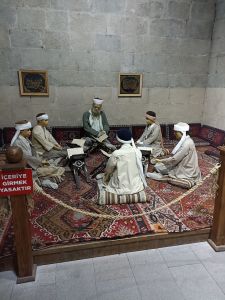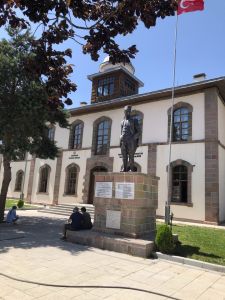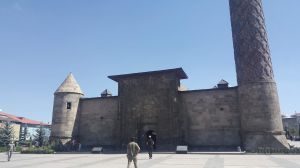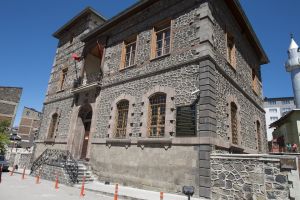Yakutia Madrasah Museum of Turkish Islamic Artifacts and Ethnography
Yakutia Madrasah Museum of Turkish Islamic Artifacts and Ethnography
The Yakutia Madrasah was built in 1310 by Hoca Yakut Gazani on behalf of Gazan Khan and Bolugan Hatun during the reign of Sultan Olcayto. The Yakutia Madrassa, the largest of the closed courtyard madrasas in Anatolia, is one of the most magnificent buildings of Erzurum with its plan layout, balanced architecture and large motif decorations. The dome, built adjacent to the eastern wall of the Yakutia Madrasah, is made of brick. The structure, which has three windows, is covered with tiles. To the right and left of the courtyard are six rooms with mutual cradles. From these, the room in the right corner also leads to the minaret. On the south tower, the foundation with the names of the six villages dedicated to this madrassa is hung with silhouette writing on the marble, the minaret decorated with intertwined geometric motifs and tiles, the embossed cords have gained a moving appearance. One of the thick-framed minarets in the corners has long since been demolished or never built. The base of this minaret is covered with a conical ash. The rooms of students and teachers are assigned according to their class and grade. Therefore, a different treatment at the entrance of each room is noteworthy. Restored in 1995, the madrasa is now used as the Museum of Turkish Islamic Artifacts and Ethnography.





Değerlendirmeler